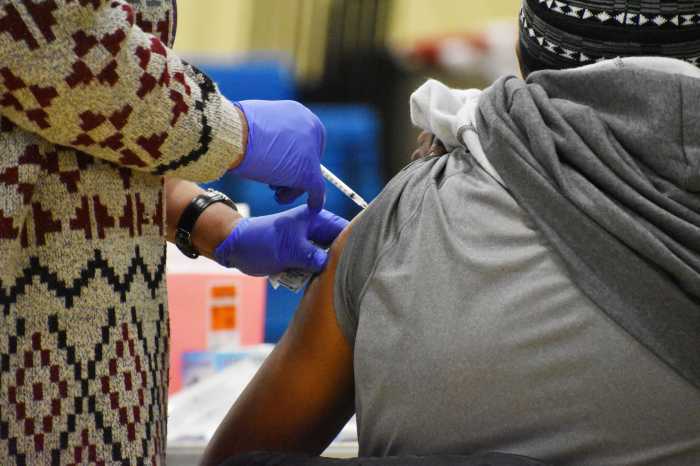Organized labor is at the heart of Pennsylvania, and an invaluable part of its history.
The first ever labor union was formed in Philadelphia in 1794, when a group of shoemakers organized themselves to create the Federal Society of Journeymen Cordwainers. Thus, it comes as no surprise that labor remains such an important topic today, especially during the era of COVID-19. Even employees in large corporations such as Starbucks and Amazon are unionizing—the Starbucks in Bloomfield, PA, recently became the chain’s first store in the entirety of the state to unionize with a unanimous vote of 20 to 0.
Many are seeking to unionize as organized labor experiences a revival, like the nearly 800 court employees of the City of Philadelphia that just recently organized thanks to the help of the United Steelworkers Local 286. Carlo Simone III, President of Local 286, tells us that they’re in negotiations with the City of Philadelphia at the moment, as well as that he’s “hoping to see more people take advantage of the opportunities that being organized and bargaining collectively brings them.”
Furthermore, he highlights the following: “One of the positives I think to come out of the pandemic is this change in the mindset of the worker.”
That is, that the pandemic is bringing change to Pennsylvania’s workforce by exposing the flaws in the state’s labor program and within unions. As a result, more have begun to unionize and raise awareness about issues such as the health and safety of workers, the need for stronger benefits, and issues with the unemployment benefits program.
Secretary of the Pennsylvania Department of Labor & Industry Jennifer Berrier agrees. She mentioned that “one of the things that has really been brought to the forefront during the pandemic is workplace safety.”
“At the beginning of the pandemic, when we knew so little about COVID-19 […] what was really important was that workers had the need to feel safe in the workplace. I think that’s where labor organizations played a very important role. […] Making sure that there were safe workplaces frankly is something that is at the heart of labor organizations and at the heart of the union movement. It’s almost like going back to our roots.”
Berrier also highlighted the work that those working for the state are trying to do to improve conditions in the workplace: “one of the main priorities […] is raising the minimum wage […] the last time the minimum wage in Pennsylvania was actually raised was in 2009, 13 years ago, and that was actually at the behest of the Federal Government. Our minimum wage is stuck at a stagnant level of $7.25 an hour […] which is not a livable wage […] I’d like to see the minimum wage raised. There is a vehicle to do so with Representative Patty Kim’s bill and also Senator Tartaglione has a bill out there as well.”
Both these bills—House Bill 1520 by State Rep. Patty Kim and Senate Bill 12 by Senator Tartaglione—would increase minimum wage to $12 per hour. Additionally, Kim’s bill would “increase the state’s minimum wage to $12 per hour immediately and rising to $15 per hour over time with an annual Cost of Living Adjustment,” while Tartaglione’s bill would increase the minimum wage to $12 an hour by this year and $15 an hour by 2027.
But workers aren’t the only ones who benefit from organized labor—so do medical patients, says registered nurse and President of the Pennsylvania Association of School Nurses and Allied Practitioners (PASNAP) Maureen May.
May became involved with organized labor in the late 199
0s, after the hospital she worked at in New Jersey was restructured so that unlicensed personnel were working at the bedside capacity.
“We were descaling the bedside; what we were doing was making it not safe for the patients,” she said. She was then part of the 1999 Institute of Medicine’s ‘To Err is Human’ report, which is when she notes that unions began to infiltrate the space she was working in.
She knew she needed to be in an organized hospital in order to “advocate for patients and patient safety,” which is what she has found at Temple University Hospital. Unions are the reason healthcare professionals can “fight for laws that’ll protect [their] patients.” May says that PASNAP’s vision and mission is ultimately “to advocate for healthcare workers and by extension, patients.”
Organized labor has helped shape the Pennsylvania workforce for more than 200 years, and the power of unions continues to be a lifeline for many local workers today.

























